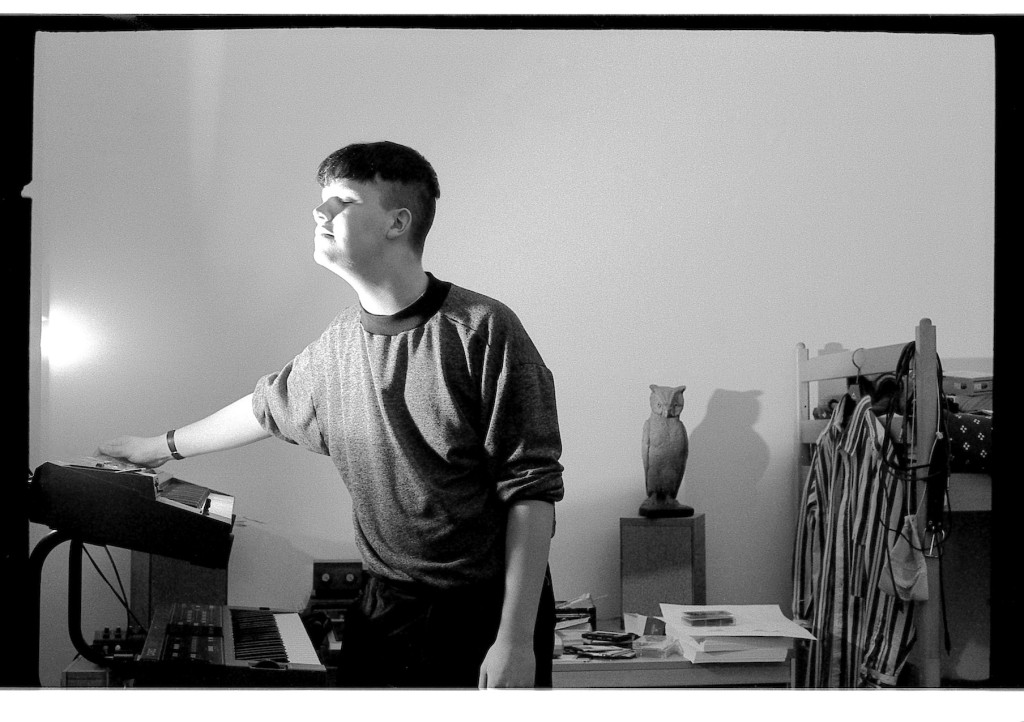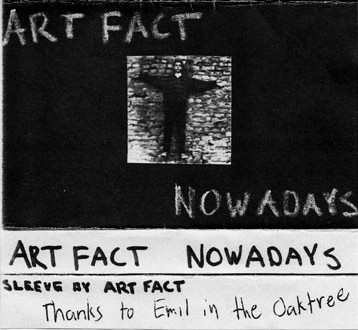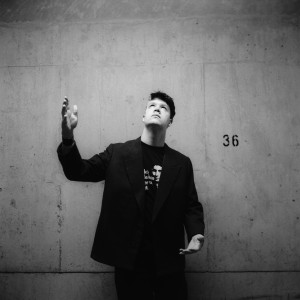This was one of the first tracks written for the Nowadays cassette, and we were so happy with it that it set the tone and the title for the rest of the songs.
Earlier, when recorded In Fact, we all listened mostly to more melodic and softer synth music like Erasure and Howard Jones. Round about this time (1990 or so) our biggest influence was Music For The Masses, and Måns and Jonas listened more and more to Front 242. We wanted to change our sound, to sound harder and heavier. Especially we wanted to replicate the big drum sound from Music For The Masses.
I remember coming up with the bassline at home on the Roland D-20. It’s in F#, a key which has a very distinct sound (just like How Soon Is Now, with no other comparison). I also pitched some drum sounds down to make them sound more like Music For The Masses, and was quite pleased with the result. But after listening to the bassline for about 200 times (like you always do when writing songs using a sequencer) I still had no idea how to continue. It didn’t sound like the bassline wanted to go anywhere, harmonically. Finally I just tried playing the same bassline but two keys up, in G#. Wow, that sounded cool! Ok, so back to F#. And then, lets try two keys down, in E. Wow that’s also cool!
Without really knowing it, I had stumbled upon a technique quite often used by more minimal synth bands like D.A.F. (which we rarely listened to at the time). These bands used early and more primitive sequencers that often could just remember a single 16 step pattern. But they had a transpose knob, so that you could move the pattern up or down in key to create some variation. The sequencer in my D-20 could remember an almost infinite amount of notes, but I ended up using the same limitation, because it sounded good.

I think the other guys were around when we wrote the chorus and break. The key moment was when we found the sound and notes for the repeating melody in the chorus. It sounds like three notes played in a row, but is actually some VCA modulation (if I remember correctly). When that piece of the puzzle was added, we were euphoric! It sounded ten times better than anything we had done before, and almost as good as Depeche Mode themselves (to our not so trained producer ears). To top it off we more or less copied the live break from Master And Servant, using some metallic samples. We were ecstatic! Oh, and then Måns came up with a melody and wrote some lyrics ;)
I still like this song, even though I now have to admit it doesn’t really sound as impressive as Music For The Masses at all. A nice detail that we didn’t think about at the time is that all three parts (verse, chorus and break) have their own distinct rhythm pattern, that also go well together. I think this is needed in a song that is not so varied harmonically.

